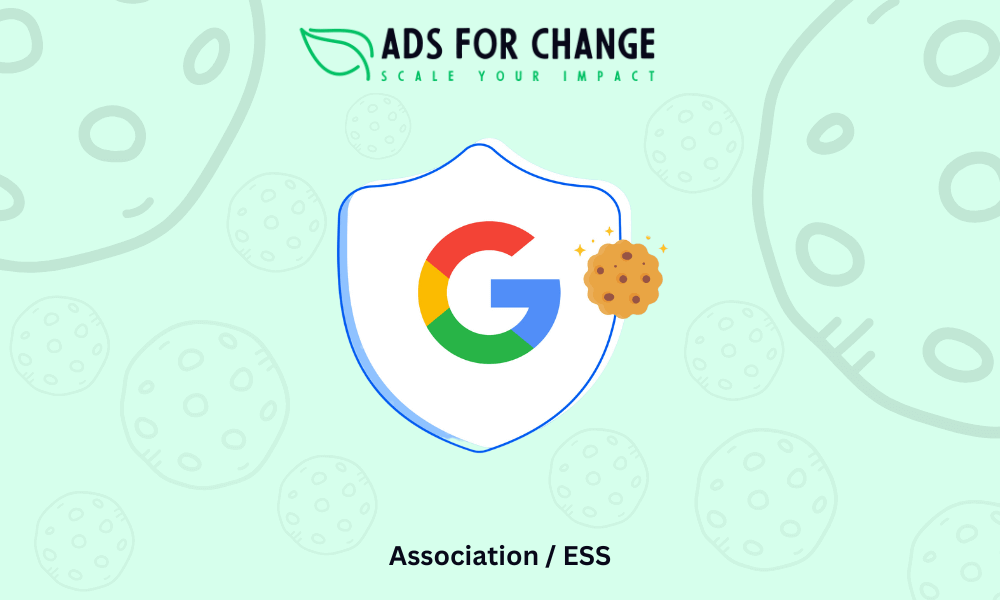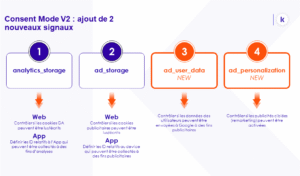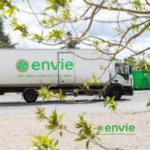
Google Consent Mode: Introduction to Google Consent Mode v2
Google Consent Mode is a powerful tool for digital marketers, allowing them to adapt to user consent requirements while maximizing performance data. This technology signals users' consent status, adapting Google tag behavior accordingly, and enabling conversion modeling to fill data gaps due to opt-out choices.
The Impact of Consent Mode on Digital Marketing
For advertisers, Google Consent Mode is crucial for conveying end-user consent choices, thereby influencing how users' personal data is used for advertising, including measurement and personalization. This helps maintain important measurement features like conversion tracking for websites and apps. Additionally, it enables more effective campaign optimization and privacy-friendly measurement by filling in the gaps of non-consented conversions.

Effective Implementation of Consent Mode
For a successful implementation, several factors are essential. First, presence in the European Economic Area (EEA) is an important criterion for the application of Google Consent Mode. Second, the use of Consent Management Platforms (CMPs) certified by Google is recommended. These CMPs are software solutions that help manage consent collection in compliance with data protection laws and regulations, such as the EU GDPR. CMPs inform website users about the use of their personal data via a cookie banner and offer a clear choice regarding its collection and use.
Integration with Google Analytics 4 and Google Ads
Using Google Consent Mode with Google Analytics 4 requires advanced implementation, ensuring that Google tags load in all cases, not just when the user consents. This method allows conversion modeling for cases where conversion events cannot be directly linked to previous ad interactions. Modeled conversions imported into Google Ads from linked Google Analytics 4 properties will also include this modeling.
Benefits of Conversion Modeling
Conversion modeling offers several significant benefits for advertisers. It enables more comprehensive conversion measurement, providing a more accurate picture of advertising results (ROI) and the conversion journey across different devices and channels. It also helps optimize campaigns more effectively for better business results. It uses data that does not individually identify users, allowing for conversion estimates that cannot be directly observed, ensuring privacy-centric measurement.
Conclusion and Next Steps
To deploy Google Consent Mode v2, it is necessary to have already implemented a custom cookie banner or a third-party CMP to collect and manage the various user consent parameters present in Google Consent Mode v2.
Google Consent Mode v2 can be deployed in several ways:
– Directly in the source code of your website with the gtag.js library;
– With a Tag Management System (often Google Tag Manager) using the templates made available by the community;
– With a third-party CMP, partnered with Google for Google Consent Mode v2, allowing it to be deployed natively and easily. (Recommended solution)
Here is the list of Third-party CMP partners with Google for Google Consent Mode v2:
How to deploy Google Consent mode v2?
Here are several documentations that should help you deploy Google Consent Mode v2:
- Google Documentation
- Consent Mode on websites and in mobile apps (Google)
- Simo Ahava's Google Tag Manager documentation and template updated
- Axeptio Documentation
- Didomi Documentation
- Cookiebot: Google Tag Manager deployment
- Implementing Google consent mode (Cookiebot)
- Cookiebot CMP supports Google Consent Mode V2
By following these steps, you'll be able to effectively implement Google Consent Mode with GA4 and Google Ads, while respecting user privacy and optimizing the performance of your ad campaigns.



